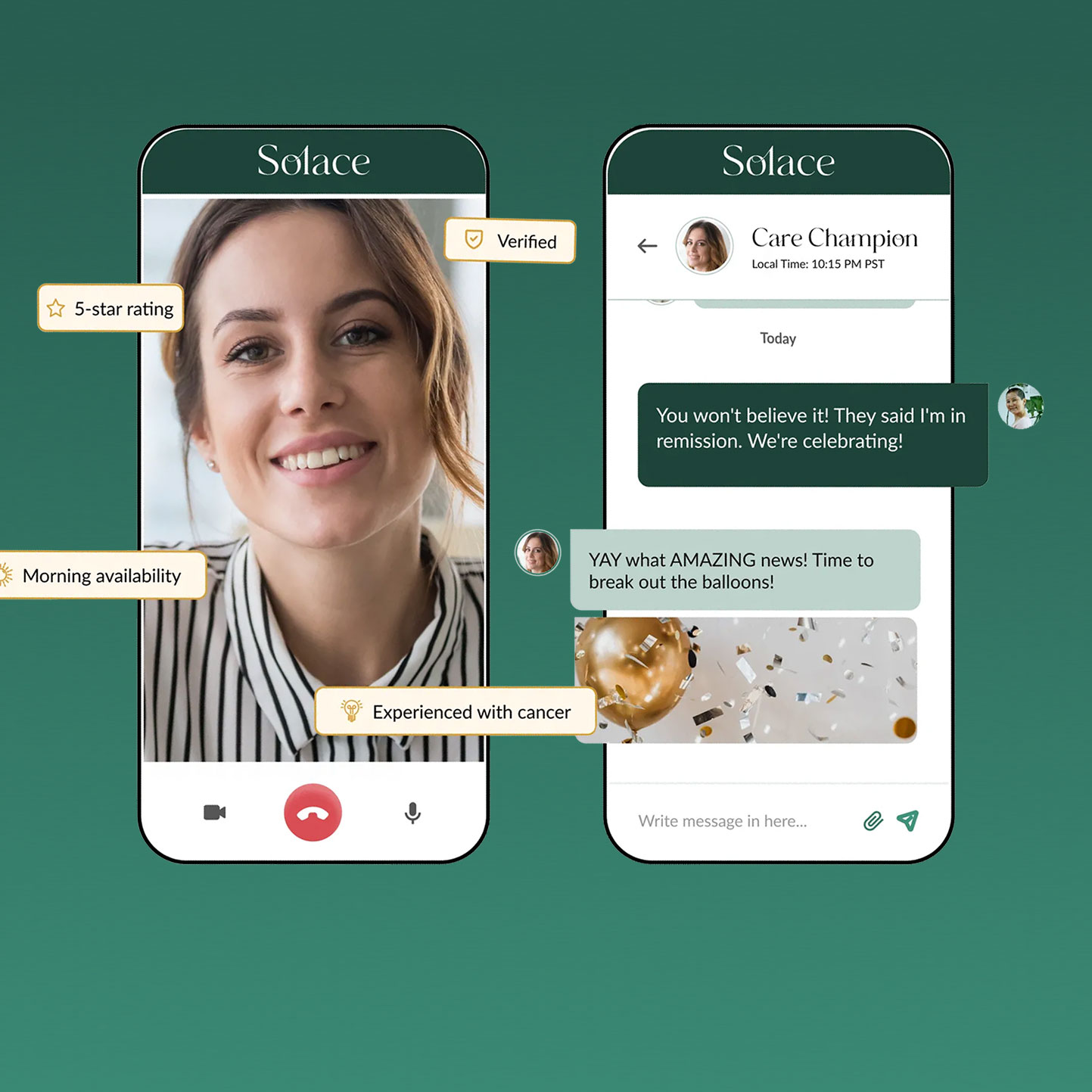Enormous Opportunity for Startups Creating Purpose-Built Solutions
SaaS has had a powerful impact on how we work and live. The first wave of SaaS innovation modernized horizontal business functions, regardless of industry: for example, Salesforce for sales, Atlassian for engineering, and Netsuite for finance. While horizontal SaaS opportunities are still abundant, many companies in a wide variety of industries such as construction, financial services, real estate, and many others lack business-defined applications that are purpose-built and optimized for their unique workflows. Over the last few years, we at Menlo have witnessed a new breed of SaaS applications rise to the occasion to solve these industry-specific pain points. This layer is known as vertical SaaS, and while it’s still a relatively new addition to the scene, it is already starting to make waves, and we expect it will continue to for years to come. One vertical SaaS segment we are particularly excited about is life sciences.
Investing in the “Trifecta”
Historically, we’ve termed our investing thesis in vertical SaaS the “Trifecta,” and three criteria define it:
- A clear wedge to modernize antiquated but critical workflows
- The opportunity to build or embed proprietary data into a system of record
- The potential to extend into multiple applications
We’ve used this framework to assess precursory investment opportunities (e.g., Carta, Fieldwire, HomeLight, HOVER, and Qualia), and also to identify industries with multiple trifecta opportunities (e.g., life sciences, construction, and financial services)—these are the areas we want to dive deep into, invest in understanding customer needs and market dynamics, and to add value through an informed industry lens. The trend toward vertical SaaS is accelerating as industries that were slow to adopt technology now see an influx of younger digital/mobile-first employees drive and demand better technology.
The “why now” for SaaS in life sciences
One industry we focus on is life sciences, where critical workflows inside of biopharma, diagnostic, and medical device companies are typically manual and siloed, constrained by many factors including regulation, security, and risk aversion. The explosion of healthcare data and next-generation life sciences companies has sparked many opportunities, but relatively few contemporary, easy-to-use, cloud-based applications exist. We believe purpose-built vertical SaaS will help make drug discovery more effective and efficient and ultimately improve healthcare outcomes. Our deep dive into life sciences has helped us partner with exciting therapeutics companies and companies developing software for the life sciences industry—both of these are areas in which we aim to double down in the years to come.
We first invested in Benchling when we led their Series C in 2019. Benchling is leading the transition for R&D scientists from individual paper to electronic lab notebooks (ELNs), creating a global digital system of record that makes critical data shareable and searchable. While Benchling didn’t create the first ELN, we felt their usability, breadth, and ease of integration really stood out, and through our conversations with over a dozen customers from our network, they agreed. Benchling is now being used to improve existing management workflows, including better tracking of project schedules and resource allocation, easier communication around project status, and improved auditing of IP and data for regulatory submission. Users are now surfacing time series data and AI insights to help make the application more useful and its users more effective.

Another example of our life science SaaS investing is H1, where we led the Series A and co-led the Series B. H1 has built a powerful and data-rich SaaS platform for life science companies, based on the best and most extensive global database on healthcare professionals and tailored to serve medical science teams. H1 helps medical and commercial teams engage with physicians about new medicines and is now expanding into improving clinical studies and many other applications. Our prior work building thesis and network was again critical in our investment—in fact, one of the companies we called on for diligence requested an intro and became a multimillion-dollar customer, which certainly helped with our investment decision!

The night is still young in vertical SaaS, and we’re ready for it
Based on the combination of our thesis work in life sciences and our broader work in healthcare data (including portfolio companies such as Particle Health, PillPack, and Rivet), we’re convinced many important workflows remain to be automated. We’ll continue to actively seek new investments in life sciences SaaS, and we will announce one additional investment shortly.
In sum, life sciences SaaS is an example of Menlo’s thesis-driven approach to vertical SaaS investing, where we seek to combine a depth of market expertise and experience with industry-specific software. In life sciences (and in other high-potential markets such as construction, real estate, and financial services) we dig in to understand workflows and customers, do deep diligence, ask the right questions, and build a differentiated point of view so that, hopefully, we are the chosen partner for those entrepreneurs we seek out. If you have a unique perspective on an industry and are excited about building the next big vertical SaaS company, we’d love to hear from you, share ideas, and roll up our sleeves together!
Matt is a partner at Menlo Ventures and invests multi-stage across AI infrastructure (DevOps, data stack, middleware, API platforms), AI-first SaaS (vertical and horizontal), and robotics. Since joining Menlo in 2015, Matt has led investments in Anthropic, Airbase, Alloy.AI, Benchling, 6 River Systems (acquired by Shopify), Canvas, Clarifai, Cleanlab, Carta,…
Jean-Paul (JP) Sanday is a partner at Menlo Ventures who invests at the inflection stage. Focused on vertical SaaS and, more broadly, enterprise software, JP is particularly excited about companies defining the future of work, infusing our lives with intelligent automation and democratizing data analytics. His favorite part of the…
Greg is a partner at Menlo Ventures, where he invests in teams trying to solve major problems in life science and healthcare, with a special interest in novel therapeutic platforms, digital health, and transformative technologies. Since joining in 2017, Greg has led Menlo investments including Cartwheel, Clear Labs, Curie, Delfi,…









